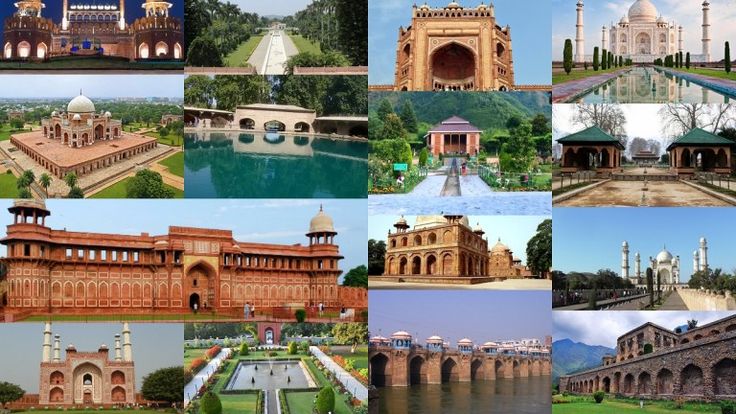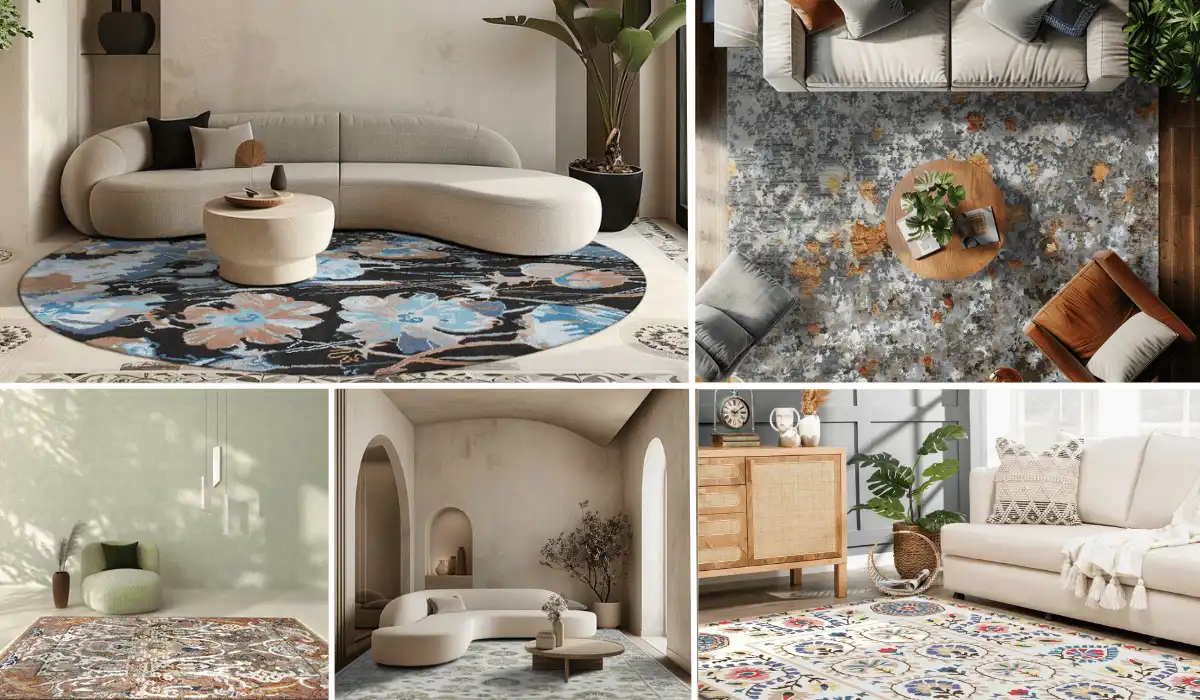India is a melting pot of cultures. Owing to its strategic location, India has always been the eye of the storm in the pursuit of power and has witnessed many empires rise and fall in this thirst for conquest and rule. The rulers of India’s vast landscape commemorated their reign by contributing to India’s art and architecture. Mughal Architecture is one such fine example of a foreign design style that gelled seamlessly with India’s vernacular architecture. The Mughals invaded India in the early 16th century and ruled a majority of the Indian subcontinent for the 200 years that followed.
In this span of 2 centuries, they constructed marvellous structures in the form of mausoleums, forts, palaces, and even cities. The Mughal Empire found its origin in Central Asia and its emperors were the descendants of Turkish-Mongol rulers. With the establishment of the Mughal Sultanate, India saw a rise in Islamic architecture across the Indian subcontinent. Also, since Turkish culture has a distinctive eye for detail, the same can be seen reflected in Mughal Architecture. The vernacular building design in India took a backseat as architects began to explore the elegant and poetic forms of Mughal architecture.
Features of Indian Mughal Architecture

Mughal architecture was about all things larger than life. The scale of the buildings they constructed was magnanimous, with utmost attention to the smallest building elements. The huge vertical and horizontal expanse of Mughal buildings resembled the power and stronghold of the Mughals in India. The materials used for the construction of these buildings were largely sandstone and white marble. This is because these two materials were locally available in India, and were strong and easily malleable.
The plan of Mughal buildings was largely symmetrical and rectilinear or octagonal. Structures were built around a central courtyard and in the case of larger buildings, even multiple courtyards were planned. All indoor and outdoor spaces were designed in a linear geometry. Their entrance was demarcated by huge gateways called “Darwaza”. The buildings also had rectangular halls on two or four sides called Iwans. A peculiar feature of Mughal architecture is landscape design. Most buildings had an elaborate garden at the entrance or rear, planned with leisure activities. The gardens were also known as the Char Bagh which symbolized the Gardens in Heaven according to Islamic beliefs. The landscape of these gardens was flowering plants and overshadowing trees that blossomed well in India’s tropical climate.
The “Gumbad” or dome is another striking feature of Mughal architecture worldwide. While a dome is also an element of Hindu architecture, the Mughal version of it is more rounded. A dome is a hemispherical roof structure supported on arches over a square base. The Mughal buildings also present an interesting play of projections and depressions, which enhances the light-shadow patterns of a building. Chhatris and Jharokas which can be compared to modern-day gazebos and balconies respectively were a popular design element in Mughal times. Jali or latticed screens are an Islamic feature that finds a resemblance to Rajasthan’s traditional architecture. These jaalis are intricately designed with floral motifs and cornices to add elegance to the building design. Arched doorways and windows were popular in Mughal architecture. Inlay techniques were used to decorate the facades. Pachin Kari is a carving style that can be identified as the face of many Mughal buildings.
Iconic Examples of India’s Mughal Architecture
An account of India’s Mughal architecture is incomplete without mentioning the Taj Mahal. Titled as one of the Seven Wonders of the World by UNESCO, this structural marvel is India’s valuable architectural possession, a mausoleum that was built by the Mughal Emperor Shah Jahan in the loving memory of his favourite wife Mumtaz Mahal.
The monument is situated on the banks of the Yamuna river in Agra, Uttar Pradesh. The complete construction of the building took 22 years. Taj Mahal is situated on a raised plinth of 7 meters and has a symmetrical floor plan with 4 minarets on the sides of a central hall. Its central onion-shaped or bulbous dome is situated 73 meters above ground level. The building features an arched gateway that is 33 meters in height. The mausoleum is completely built-in white marble sourced from Makrana, Rajasthan. Pietra Dura is an intricate marble inlay work done at the top of the cenotaph of Shah Jahan in the Taj Mahal. The inlay work finds its inspiration from Italian craftsmen and is similar to the Florentine technique. The technique developed and got popularized in India as parchin kari.

Another great Mughal building in India is the Red Fort in Shahjahanabad, Old Delhi. The building holds administrative and political significance in contemporary India. Spanning across 255 acres of land, the Red Fort is a blend of Islamic, Hindu, and Persian architectural styles. As the name suggests, the building material used for the fort’s construction is red sandstone. The building is decorated with marble. The architect who designed the building was Ustad Ahmad Lahori who designed the fort with rectilinear floor plans. Today, the Red Fort houses a large number of museums and is the centre stage of flag hoisting and the Prime Minister’s annual speech on Independence Day and Republic Day.
Mughal architecture stands as a formidable example of an authoritative architectural style across North India. The architecture style continues to inspire contemporary architects who find solace in reinterpreting traditional design. The legacy of Mughal buildings is such that they continue to serve as drivers of tourism in many Indian cities. These structures have been meticulously conserved and restored by the Archaeological Survey of India, as they mark an important chapter in India’s architectural evolution. Although Mughal architecture is a by-gone legacy, it continues to influence the vernacular architectural styles through its elegance, delicacy, and sophistication.
Sources:
- 10 Buildings That Shaped Mughal Architecture in India
- Mughals
- Rich Mughal Art and Architecture: Historical Monuments in India
- Features and Developments of Architecture during the Mughal Period
Disclaimer: The information contained herein have been compiled or arrived at, based upon information obtained in good faith from sources believed to be reliable. The opinions expressed within the content are solely the author’s and can be subject to change. The image featured in this article is only for illustration purposes. If you wish the article to be removed or edited, please send an email to editor@biltrax.com
Discover more from Biltrax Media, A Biltrax Group venture
Subscribe to get the latest posts sent to your email.






















